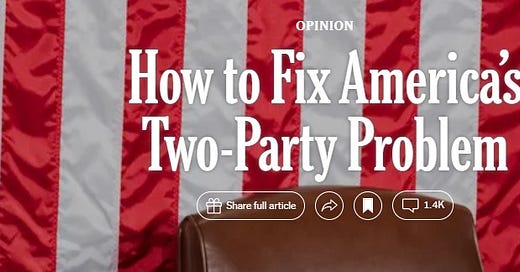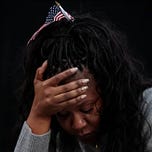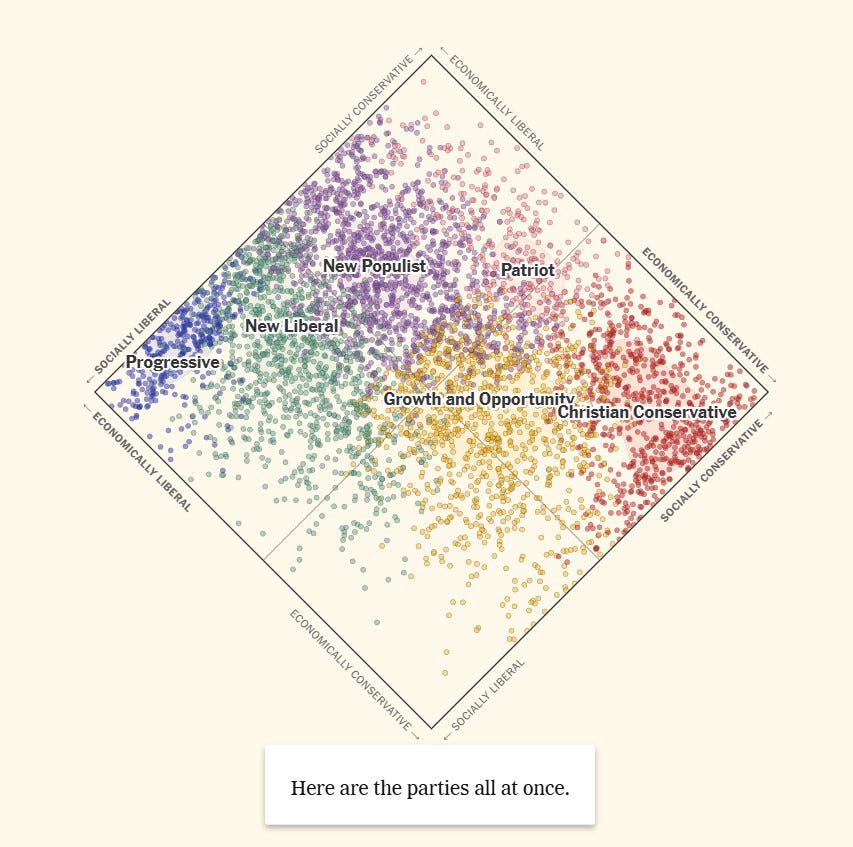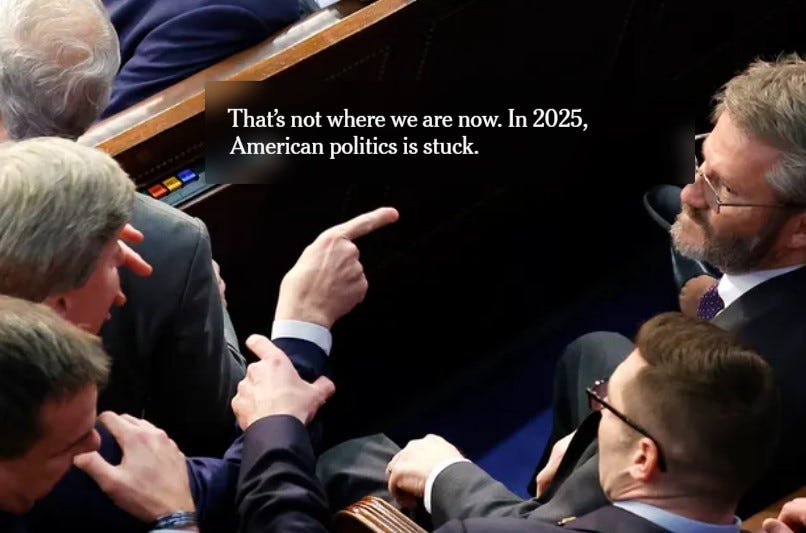Winner Takes All, and We All Lose
Whether we vote by ward, at-large, or use ranked-choice voting, one of the primary obstacles to electing governing bodies that truly represent their constituents is the winner-take-all nature of our current election system.
In today’s podcast, I interview Lee Drutman, a senior fellow at New America—a Washington think tank—and author of the book Breaking the Two-Party Doom Loop: The Case for Multiparty Democracy in America. On January 14, he co-authored an opinion piece in The New York Times with Jesse Wegman titled, “How to Fix America’s Two-Party Problem.”
Based on their research, Drutman and Wegman argue that America has outgrown its two-party electoral system and would benefit from adopting proportional representation. Under such a system, city councils and state legislatures would reflect a broader range of voices.
To illustrate, imagine Minneapolis had five political parties: DFL, DSA, New Liberal, People’s Power, and Republicans. With proportional representation, each party would hold council seats in proportion to the votes their candidates received. For example, if 10% of Minneapolis voters identified with the People’s Power party, they would receive 10% of the council seats.
In our current winner-take-all system, however, a party like People’s Power would almost certainly remain unrepresented because other parties would consistently garner more than 10% of the vote. For People’s Power supporters, this leads to persistent frustration—year after year, they feel as though no one in government represents their priorities. That frustration can ultimately boil over in a variety of negative ways.
We encourage you to listen to the podcast or read the interview transcript. For added context, you might find it helpful to read the New York Times opinion piece first.
The divisiveness and anger we see in today’s political landscape can partially be attributed to the winner-take-all system we’ve become accustomed to. This system discourages collaboration between differing philosophies and groups, instead rewarding partisanship and fueling dysfunction.
A recent example of the pitfalls of partisanship is the Minnesota House fiasco. It took an edict from the state Supreme Court to resolve the impasse between Republicans and the DFL. Hopefully, the DFL will be able to return to the Capitol, and a power-sharing agreement can be implemented.
This imbroglio highlights the potential benefits of adopting a modern electoral system with proportional representation. Such a system would encourage cooperation and better reflect the diverse voices across the country, state, and city.
The Shake Up Feedback
Our January 19 newsletter, “Shaking Up City Council Structure,” generated significant reader feedback. The most prominent criticism targeted the idea of at-large council members, similar to those on the Minneapolis Park Board and School Board. The primary concern was that people of color and immigrants might lose representation on the council.
This argument assumes that dividing the city into 13 wards ensures the elected representative authentically reflects the race or country of origin of their constituents. However, the opposite perspective also applies: Do you feel unrepresented if you are a straight, white male over 65 and your council member is a Hispanic lesbian under 35? This logic can quickly become impractical if we focus solely on matching representatives’ identity to those of their constituents.
Dividing people into smaller and smaller groups emphasizes our differences. Instead, we could aim to elect council members who celebrate our shared humanity—our common needs for family, friends, and a sense of community. Regardless of skin color or economic standing, we all desire safe streets and a vibrant city that fosters opportunity and provides support to those in need.
It’s only a tiny fraction of residents who want to “burn the city down” and start over. These individuals prioritize chaos over constructive dialogue and unity.
The argument is that an at-large council member would primarily serve as another representative for white residents. Some assume that white people vote in greater numbers than people of color and, because they constitute a majority, groups such as Black, Latino, Asian, Hmong, East African, Indigenous, and immigrant communities would lose representation on the council. The concern is that the city would be governed by the majority race, potentially perpetuating injustice and discrimination.
However, there are many other ways to categorize residents beyond race. These include disability status, age, religion, marital status, education level, financial status, language, country of origin, sexual orientation, and gender identity. For instance, 10% of Minneapolis residents are over 65, and it could be argued that their priorities are underrepresented on a council that trends younger.
Proportional representation may be our best opportunity to create a system of governance where everyone feels heard and represented.
You can learn more about Lee Drutman and his work:
Author: Breaking the Two-Party Doom Loop | The Business of America is Lobbying
Co-founder: Fix Our House (A new campaign for proportional representation in the United States)
Co-host: Politics in Question Podcast
Newsletter: Undercurrent Events
Website: leedrutman.org















Share this post